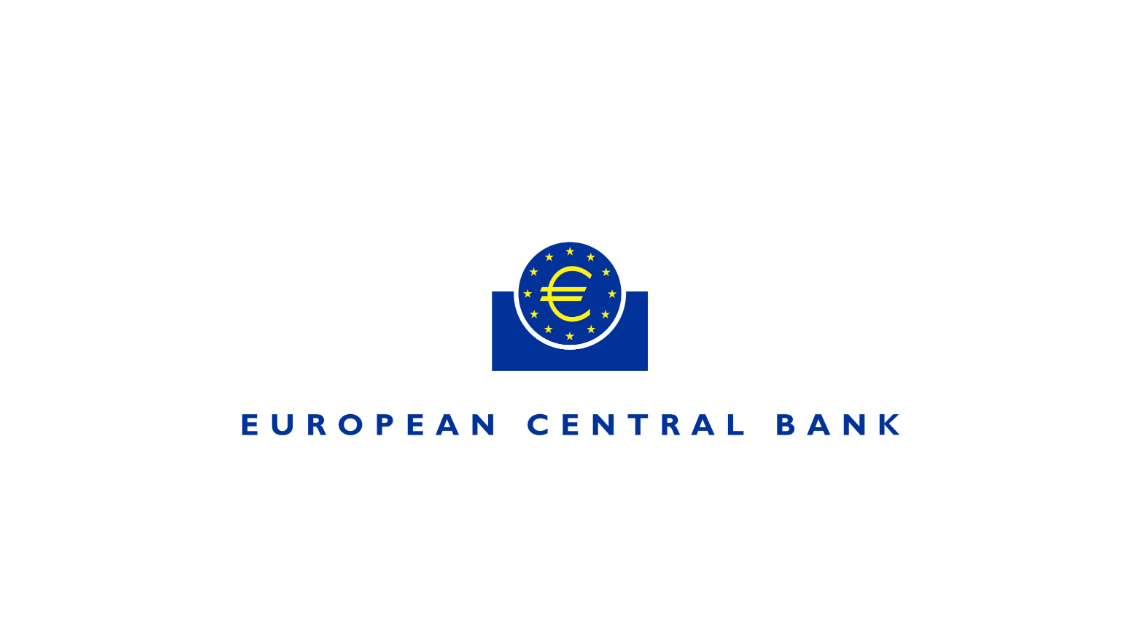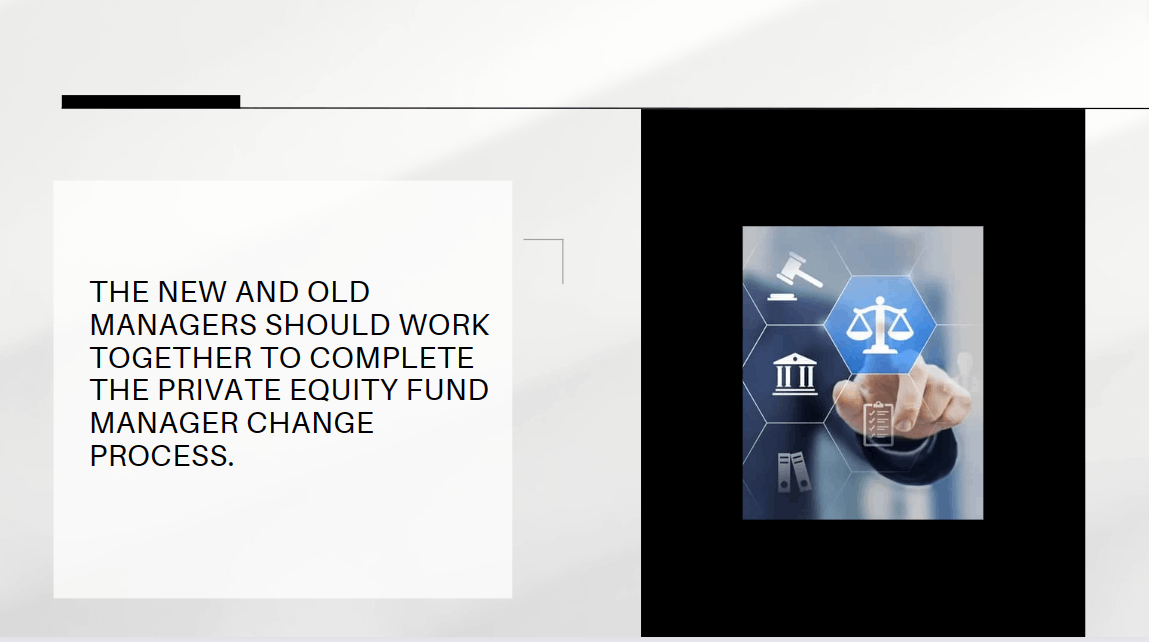How Finland is shaping Europe's hydrogen future
Hydrogen has the potential to be one of our most versatile tools in the battle against CO2 emissions.
The lightest and most abundant molecule in the universe, hydrogen is able to bond with other elements and store energy. It's not only a stand-alone clean burning fuel, but can also be transformed into compounds like methanol, methane and ammonia. This makes hydrogen a powerful solution for transporting energy across time and distance.
As industries race to decarbonize, hydrogen's unique properties offer a pathway to replacing fossil fuels in hard-to-electrify sectors like heavy industry, chemical production, shipping and aviation. Hydrogen can also be used in food products and other derivatives.
Recognizing this potential, the European Union has set an ambitious target of 10 million tons of clean hydrogen production annually by 2030 – Finland's government has adopted a resolution to contribute at least 10%.
"Finland has already received grid connection enquiries for an additional 400 gigawatts of renewable energy."
“We're building the world's most attractive hydrogen economy,” says Business Finland Ecosystem Manager, Tero Ijäs. “Finland has all the necessary building blocks and there are now more than 40 hydrogen investment projects in the pipeline, with a combined value of over 17 billion euros.”
The economic potential of Finland's hydrogen economy is immense. The sector could contribute up to EUR 34 billion annually to national GDP by 2035, with projections increasing to EUR 69 billion by 2045. More than 60,000 jobs could be created in technology development, infrastructure and production.

All the building blocks for a viable hydrogen economy
Finland's hydrogen ambitions are grounded in a combination of national competitive advantages.
Chief among these is the country's abundant supply of clean and affordable electricity. More than 94% of Finland's electricity production is CO2 free, while electricity prices are among the lowest in Europe. This creates an attractive operating environment for hydrogen production plants, where electricity accounts for up to 80% of operational costs.
“We do not expect this affordability position to change much. Finland has already received grid connection enquiries for an additional 400 gigawatts of renewable energy, much of which is land-based wind power,” says Ijäs.
The country's well-established forestry industry contributes another of its advantages. Finland has the second-largest reserves of biogenic CO2 in Europe. This is carbon dioxide released from burning organic materials during paper production and other forestry processes. As CO2 is critical for producing synthetic methane and methanol, this industrial byproduct can be captured and reused in a sustainable loop.
Finland has the second-largest reserves of biogenic CO2 in Europe.
Infrastructure readiness also sets Finland apart. The country's natural gas pipelines make it easy to transport hydrogen derivatives, such as synthetic methane. Many viable hydrogen production sites have been placed adjacent to district heating networks – which are commonplace in Finland – allowing low-grade excess heat from hydrogen electrolyzers to be fed into the grid. This is environmentally efficient and lowers costs.
“In Finland, hydrogen projects are built on solid business cases. We do not have extensive national subsidy schemes for hydrogen like in some other countries. This is a deliberate approach that helps to ensure long-term viability. We offer a solid foundation for companies looking to invest in hydrogen production, technology and derivatives,” explains Ijäs.
A rapidly developing hydrogen ecosystem
Finland’s first industrial-scale green hydrogen plant is P2X Solutions. Now entering its commissioning phase, the 20-megawatt facility will produce hydrogen and synthetic methane. The methanation capability is provided by Q Power, another Finnish company playing a pivotal role in the country's hydrogen ecosystem.
Finland is also pursuing large-scale green ammonia projects, with Green North Energy on the west coast already having secured investor backing. Green ammonia holds promise for industries like shipping, where efficient storage and transport of hydrogen-derived energy is critical.
In addition to these industrial-scale efforts, Finnish startups are exploring new end-use applications. Solar Foods combines hydrogen with carbon dioxide and microbes to produce a protein-rich powder called Solein, a sustainable alternative for food production. Hycamite uses proprietory technology and recyclable catalysts to produce low-carbon hydrogen and solid carbon.
Some 100 companies have formed Hydrogen Cluster Finland to work alongside institutions doing hydrogen research.
“Another key advantage of Finland's hydrogen economy is the presence of these ready off takers. Our industries are prepared to decarbonize their processes, while applications for derivatives are fast emerging,” says Ijäs.
Some 100 companies have formed Hydrogen Cluster Finland to work alongside institutions doing hydrogen research. Supported by Business Finland's Hydrogen & Batteries program, these collaborations aim to accelerate Finland's decarbonization, develop new innovations and support the country’s bid for leadership of the hydrogen economy.





















































First, please LoginComment After ~